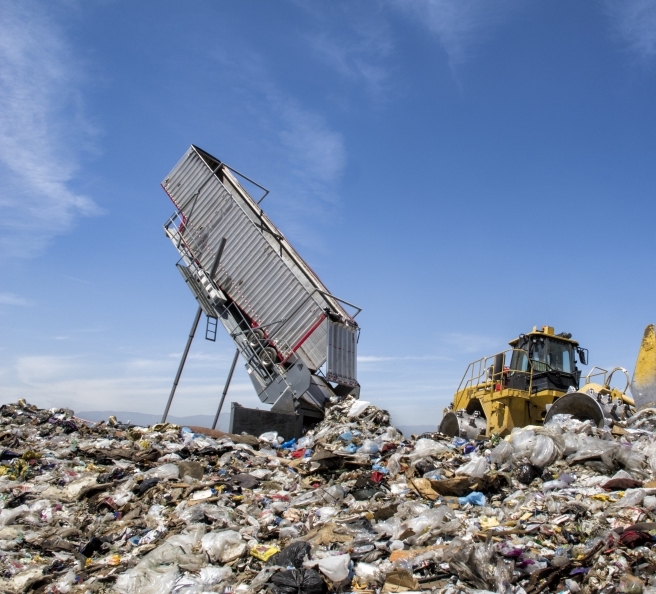Many chemicals companies will have an asset portfolio containing one or more closed landfills, which have perhaps been operated to dispose of process residues or which have been inherited from third parties through land or corporate transactions.
New case
Periodically the courts hear cases concerning historic cleanup liabilities for such sites found in Part IIA of the Environmental Protection Act. A recent case, Powys County Council v Price & Anor [2017] challenged certain assumptions made about the transfer of risk in the context of a former local authority landfill site.
Facts
In the early 1960s the owners of a farm in Powys allowed the local authority to create a landfill on their land for the disposal of domestic and commercial waste. Tipping continued until 1992, through a change in ownership of the farm and two local government reorganisations which occurred in 1974 and 1996. The latter brought Powys County Council into existence, and initially Powys took responsibility for the closed landfill and the water pollution which it was found to be causing, on the assumption that it had acquired its predecessor’s liability for the site.
Powys ceased monitoring and mitigation activities in 2015 following a reappraisal. The owners of the farm then sought a declaration from the High Court that clean-up liability had transferred to Powys in 1996 under the local government reorganisation legislation.
The “original polluter” with primary liability under Part IIA would have been the operator of the landfill, namely the original local authority body, “Brecknock”. However Brecknock had ceased to exist.
It is inferred that Powys did nothing to allow itself to be categorised as a “ knowing permitter”, which might otherwise have rendered it liable under Part IIA directly. It is unclear from the judgement whether this point was tested in court.
The landowner at the material times was the farmer. Powys had reportedly never owned nor had an interest in the land. As Brecknock had ceased to exist, the farmer was therefore at risk of liability.
Judgement
The Court of Appeal considered that were Brecknock to be still in existence, it would indeed bear the clean up responsibility. However, could the precise wording of the terms of the local government reorganisation be construed to impose on Powys, a liability under Part IIA which did not exist at the time of that reorganisation ?
The court held that it could not, and considered that very specific wording – which was not present – would be needed to do so. For example, in other legislation where this point arises, such as the Water Act 1989, the wording requires the successor body to be expressly treated as being the same person in law as the predecessor body.
Analysis
In transactions where landfill assets are transferred, it may not always have been feasible to examine the detail of an apparent transfer of liability between previous owners. Certain closed landfill sites may therefore represent an unanticipated liability risk for the present owner.
For further information contact :
paul.bratt@symmetrylaw.co.uk
victoria.joy@symmetrylaw.co.uk











